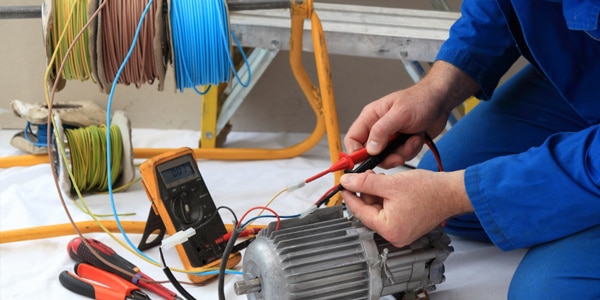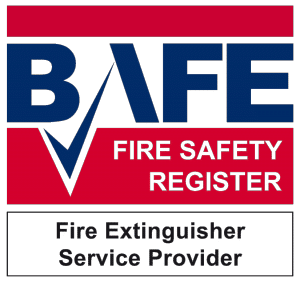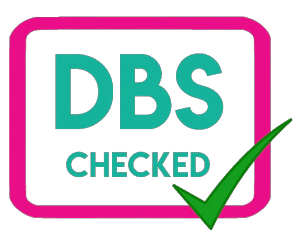What is PAT Testing?
For the purpose of legislation, a portable electrical appliance is taken to be an item of equipment which is not part of a fixed installation, but is or is intended to be, connected to fixed installation or a generator by means of a flexible cable and a plug and socket. In layman’s terms this means that any item with a plug is a Portable Appliance. This would include electric drills, kettles, PCs, printers, monitors, extension lead and even some large items such as vending machines and photocopiers.
Who does this apply to?
The Electricity at Work Regulations (1989) placed a Legal responsibility on employers, suppliers and hirers etc to take reasonable steps to ensure that no danger results from the use of electrical equipment. This means all Portable Appliances at your place of work have to be regularly tested to ensure they are safe.
How often do I have items tested?
There is no specific schedule set out, there are however guidelines to help. The frequency of testing depends on the type of equipment and the environment in which it is used. For example a high-risk item such as an electric drill should be tested more frequently than a low risk item such as a PC. Furthermore a drill that is used every day in a high density manufacturing plant should be tested more frequently than a drill used only occasionally in an office environment. Essentially it is the responsibility of the employer to assess the risk involved and implement its own program for testing. Most companies still opt for a blanket test of all equipment on an annual basis to ensure conformity.
Can anyone test items?
No, the legislation states that the person testing the item must be a competent person.
Is it done during normal office hours?
This type of testing can be executed either during or outside of normal working hours. If you are in charge of a department budget you should be aware that it is likely that evening work and weekend work could attract uplift in costs.
Do we have to unplug the machines?
Yes. In order to electrically test the equipment it needs to be disconnected from the mains and plugged into a testing device. This is how the electrical readings are obtained and a PASS or FAIL status is defined. However please note that we can provide an out of hour’s service to accommodate your business needs.
What are the implications for our I.T. systems?
Since the early days of testing, the test equipment that we use has been adopted to ensure that no damage can be done to equipment during the test process.
What about our servers and critical systems?
In some environments where it is not possible to turn equipment on and off, such as computer suites and server rooms, it may only be appropriate for a visual inspection to be carried out. If this is the case, then every effort must be made to carry out a combined inspection and test at the next available times. This would normally be during a scheduled shut down for maintenance purpose.
How long does it take?
This will depend on the number of appliances within your building and how easily accessible they are. A normal workstation with a computer, printer and extension lead would typically take around 5 minutes to test and reconnect. If you have any specific time-scales to work to you should liaise with us and gain clarification.
What is the labelling system?
All appliances that are tested should be given a unique form of identification. This will normally be in the form of an adhesive label indicating an asset number and the retest due date.
Do I have to keep records?
Once again, the guidelines are sketchy as to the necessity of testing records. It should be viewed as best practice to adopt a register of all Portable Appliance Testing. In this way we are able to demonstrate that we have safely maintained the equipment within our control.
What happens if an item fails?
Most failures are found during the initial visual check (i.e. a cracked plug or an incorrectly rated fuse). These minor repairs will be carried out during the course of the works however other failures may not be fixed quickly and should therefore be taken out of service to eliminate danger to your staff.
contact us for your FREE no obligation quote




